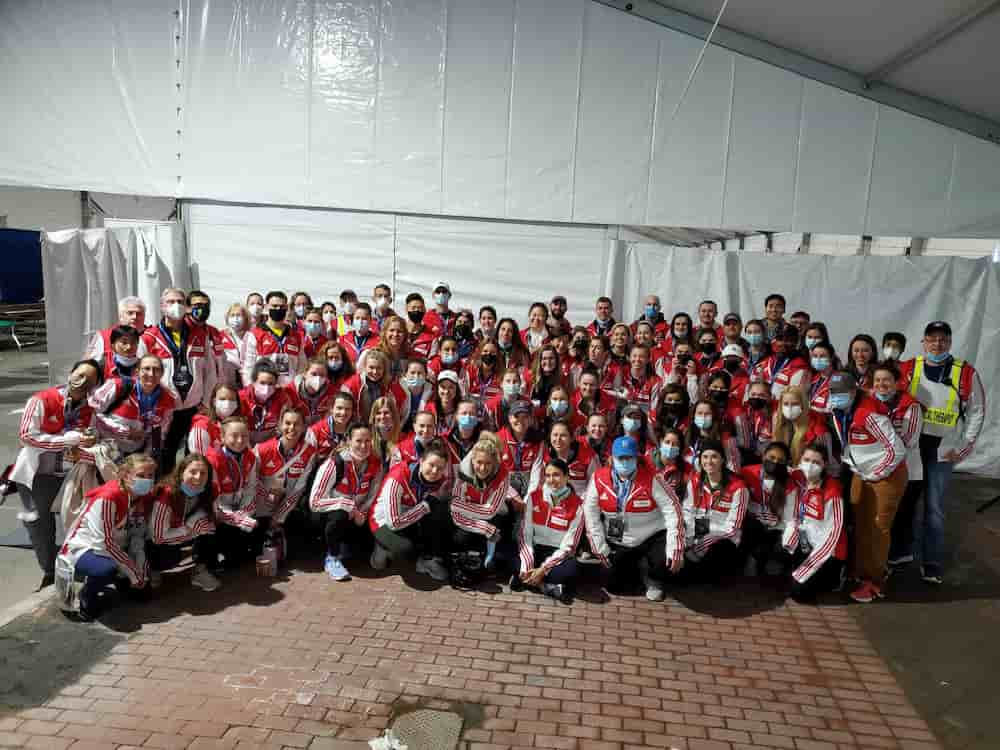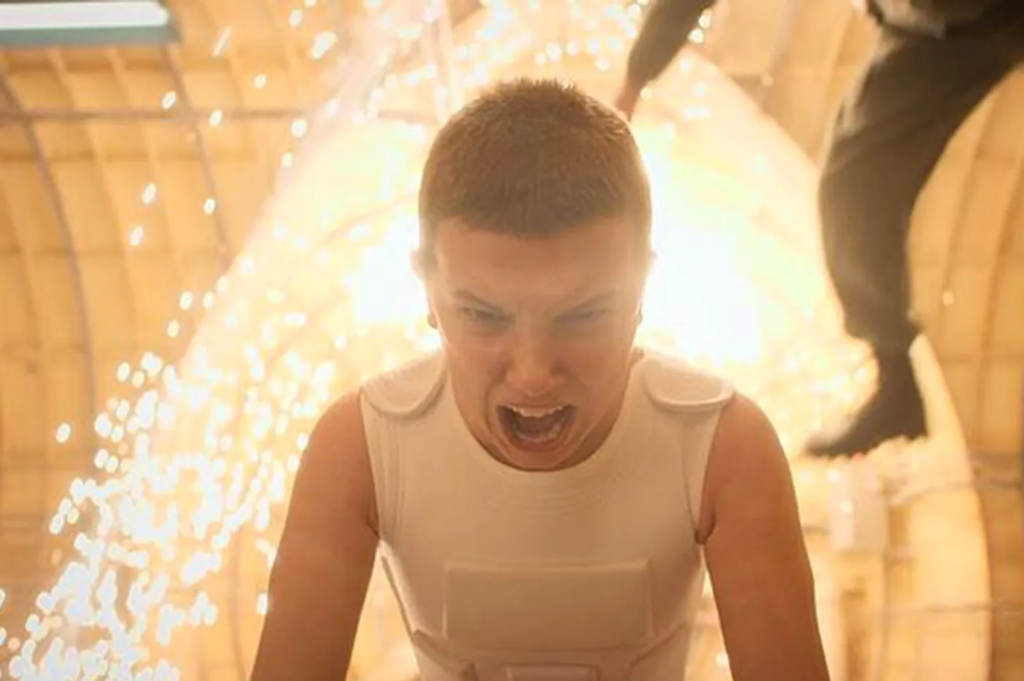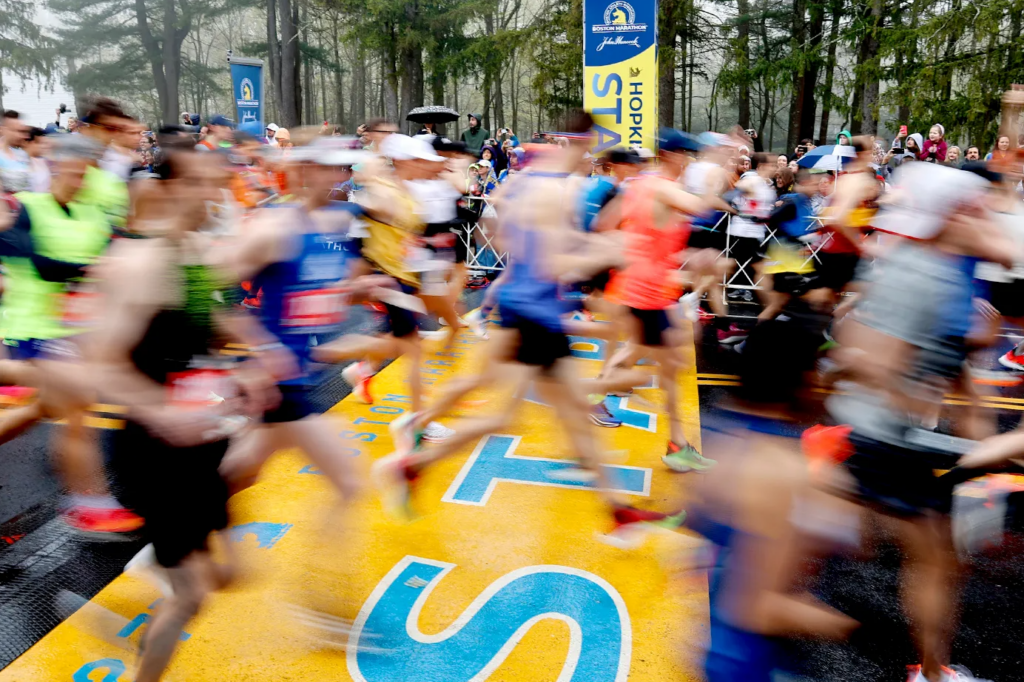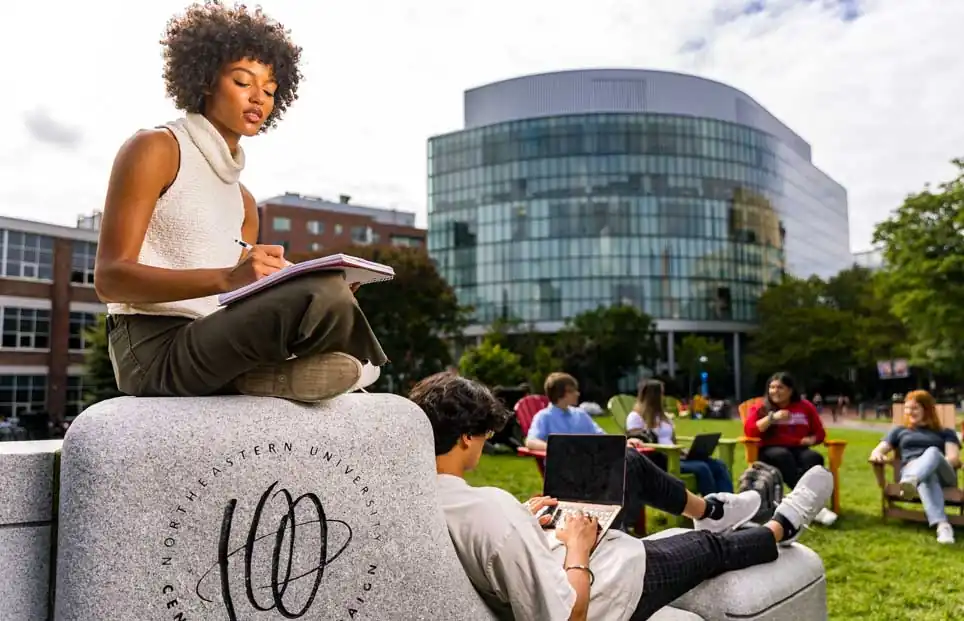This post originally appeared on News @ Northeastern. It was published by Molly Callahan.
You’ve just crossed the finish line of a marathon—26.2 hard-fought miles under your belt, and a medal around your neck. What should you do to recover? For starters, keep going, says David Nolan, a physical therapist who oversees care for runners at the Boston Marathon.
“The biggest mistake people make is that they get to the finish line and they just stop,” says Nolan, associate clinical professor at Northeastern, and director of the university’s Sports Physical Therapy Residency program. “You want to resist the temptation to lay down on the ground, and instead keep walking or do some gentle stretching to stay loose.”
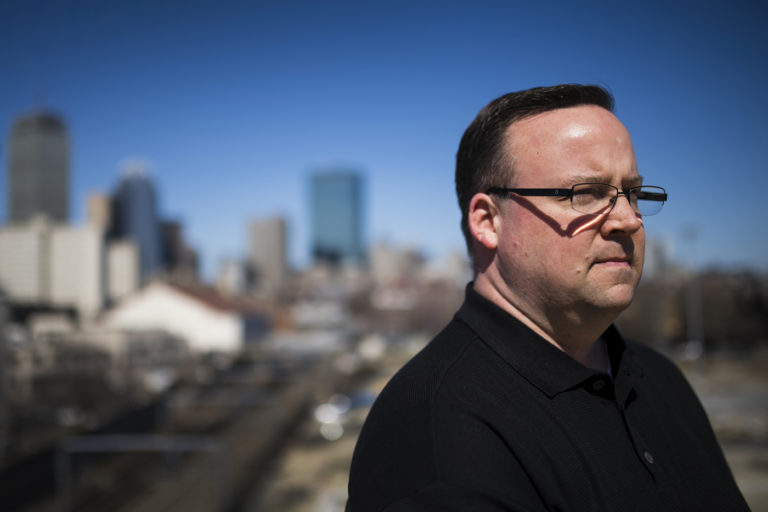
04/09/18 – BOSTON, MA. – David Nolan, associate clinical professor in Bouve, poses for a portrait on April 9, 2018. Photo by Adam Glanzman/Northeastern University
Nolan, who helped care for the 23,000 runners who tested their mettle at the 126th annual marathon in Boston, says that the weather can also wreak havoc on athletes. If it’s exceptionally hot or cold—and either is possible during the fickle New England springtime—runners need to focus on getting back to a normal temperature immediately after finishing.
Luckily, aside from a nagging headwind, this year’s conditions were nearly ideal, which Nolan says helped to keep injuries to a minimum.
The next immediate consideration for runners is hydration and fuel: Replenish what you lost over the last few hours, but don’t overdo it, Nolan says. Runners who didn’t sweat too much, or who drank at every water station don’t need to suddenly chug down a gallon of water. Indeed, overdoing it can lead to hyponatremia in severe cases, a condition in which someone doesn’t have enough sodium in their blood.
“In the medical tent, we’ll see that more commonly in the 4-plus-hour runners,” Nolan says. “It’s usually someone who is a less trained runner, who’s not losing as much water as they think they are and is taking in a lot of it. When they get to the finish line, the symptoms can present similarly to dehydration.” That’s why Nolan and the other medical personnel don’t give runners intravenous fluids (IV bags) until they’ve tested the athletes’ sodium levels.
Now, let’s say you stayed loose after crossing the finish line, changed out of wet clothes to re-establish a normal temperature, and appropriately hydrated and ate right after the race. What about the next few days?
Nolan says to take it easy.
Most people should take five to seven days off from running, and instead do gentler, lower-intensity movements such as walking, slow cycling, or swimming, to help their bodies recover, he says. Gradually, athletes can return to running by ramping up mileage or speed after the first week.
“Many people underestimate just how challenging it is to run a marathon,” Nolan says, “and not taking appropriate time off afterward can result in overuse injuries.”
Marathons are far. Runners are pounding the pavement for hours during the race, and that’s to say nothing of the hundreds or thousands of miles they logged in order to get ready for it.
And Boston in particular presents a very challenging course, Nolan says. Despite the infamous “Heartbreak Hill” near the end of the race, the course overall winds downhill toward the ocean. That constant deceleration is rough on a runner’s body, because “you’re braking every time you land,” he says.
“Often, people find that they can’t walk downstairs the next day because their quads are just completely taxed from the eccentric demand on them during the race,” Nolan says, referring to the effort required to control movement in the opposite direction.
Still, running a marathon can be gratifying—as can treating runners afterward.
“It’s super rewarding,” Nolan says. “Boston is an elite contest, and in the 20 years I’ve been doing this, I’ve gotten to meet people from all corners of the world. But when I get home after that long day, I’m tired. I can only imagine how the runners feel.”
